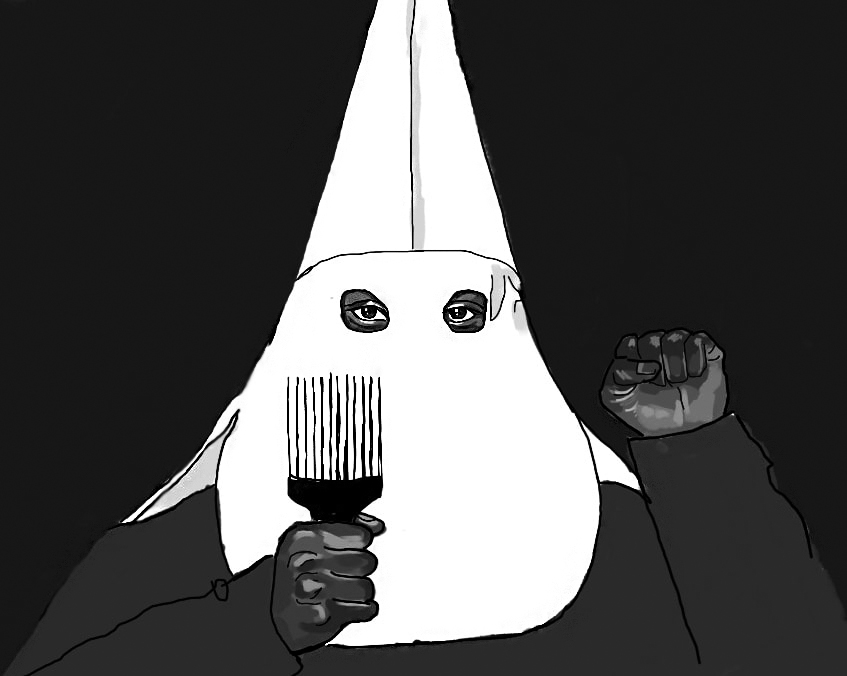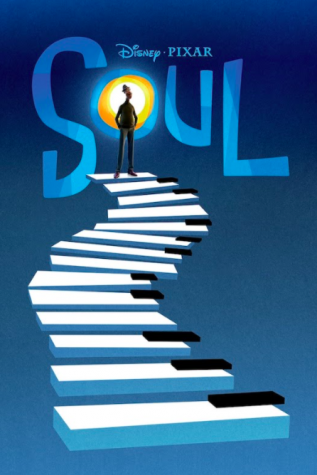A Review of BlacKkKlansman
A rendering of the movie poster.
BlacKkKlansman is the newest film by writer-director Spike Lee. It is produced by Get Out’s Jordan Peele. The film tells the true (but often exaggerated) story of the first black police officer in Colorado Springs who, in 1979, successfully infiltrated the local chapter of the Ku Klux Klan with the aid of his fellow, white, police officers. It is a remarkably relevant film; yet it is a flawed one that fails to resonate or stick with the audience after the credits roll due to the lack of attention given towards character and story.
The hero and main protagonist of the film, Ron Stallworth, played by John David Washington, is one of the most disappointing aspects of the film. His character is at best two-dimensional, with a funny line or two littered throughout. The acting delivered by Washington is rather good, but there is little in the script for him to work with in order to deliver a compelling performance. While we understand his struggle as the sole black cop in his precinct, the audience is left craving for more information about Stallworth, wanting to fall in love with this character, but being deprived of the material to do so. Ultimately, we know nothing about him and care about his personal success minimally.
Stallworth’s girlfriend, Patrice, played by Laura Harrier, is the leader of the local college Black Student Union. Patrice is unrelenting in her political and social convictions about police. After two hours of screen time, Patrice remains completely unchanged. She becomes a simple plot point rather than a compelling and developed character.
Not all aspects of the film are poor, however. Adam Driver’s performance is, beyond a doubt, the finest in the entire film. Driver plays Flip Zimmerman, Stallworth’s partner who physically goes undercover (as white Ron Stallworth) and joins the Klan as part of the investigation. His role as a Jewish policeman disguising himself as an anti-Semitic racist is the most fascinating in the film, but Lee only touches on this theological conundrum rather than delving into its true conflict. Regardless, Driver is frighteningly good at playing a man playing a racist and effortlessly slips in and out of character(s). In one scene, Driver is uncomfortably convincing as he explosively fires racial slurs at his partner, the real black Ron Stallworth.
The cinematography by Chayse Irvin is also commendable. The entirety of the film is well shot and well lit, with a couple of truly excellent shots. A scene in which an elderly civil rights activist (played by real life activist Harry Belafonte) is speaking to a crowd of young, black, college students noticeably is shot like a documentary, promoting the reality of the frightful stories he is telling. Another scene in which David Duke, Grand Wizard of the Ku Klux Klan, drives away from a house eerily reminiscent of the White House in an apparent presidential motorcade is surprisingly poignant.
While the film has some redeeming qualities, the ultimate ending undermines the entire movie. Initially it seems to be a happy ending, but then we see a burning cross in the distance and Klan members praying. I felt the juxtaposition between the main character’s success and the haunting Klan ritual was an effective and appropriate ending. It is happy but not too happy, positive and optimistic but not ignorant or naïve.
However, I took issue with the ultimate ending that followed. After the formal, fictionalized narrative is over, the film cuts to hand-held footage and newsreels of racist riots and protests in Charlottesville and University of Virginia, an interview with David Duke commenting on these events, and President Trump’s statement in response to the riots. One of the fundamental rules of literature and the personal motto of English teachers everywhere is “show, don’t tell.” The film’s relevance and themes are quite apparent long before these final clips. The footage depicts crowds of people shouting “America First!,” a rally in which the Grand Wizard of the KKK mentions unlocking America’s greatness, and several scenes of police brutality. The problem with the ending is how it devalues the entire film that precedes it. The final several minutes essentially compress the entire movie, telling us what we already know. The footage implicitly says that the story we just invested in doesn’t matter whatsoever, because it’s really about 120 seconds rather than 120 minutes.
While the hand-held footage is the final nail in the coffin, the greater devaluation of the message is aided by the underdeveloped characters throughout the entire film. We care about films and stories because of the characters. Instead of showing characters the audience loves overcoming complex obstacles, BlacKkKlansman shows two-dimensional characters overcoming self-evident obstacles. The final minutes emphasize that the entire film was a modern political statement, yet we already know this. Lee throws out character and story for political impact, perhaps forgetting that story and character, not news footage the audience has seen before, are what make a film moving.






